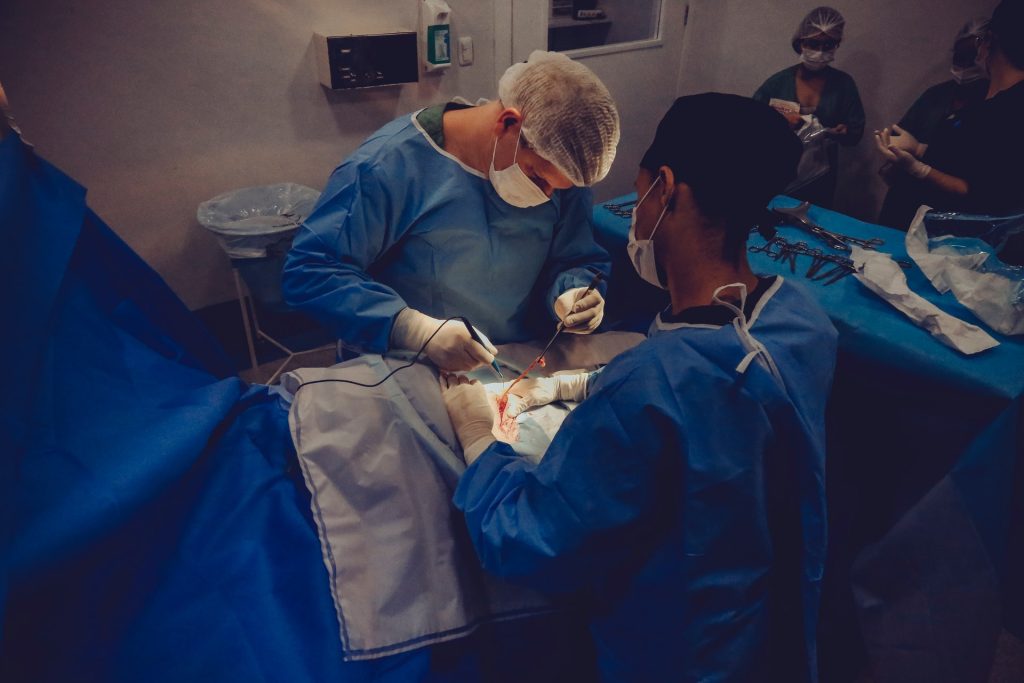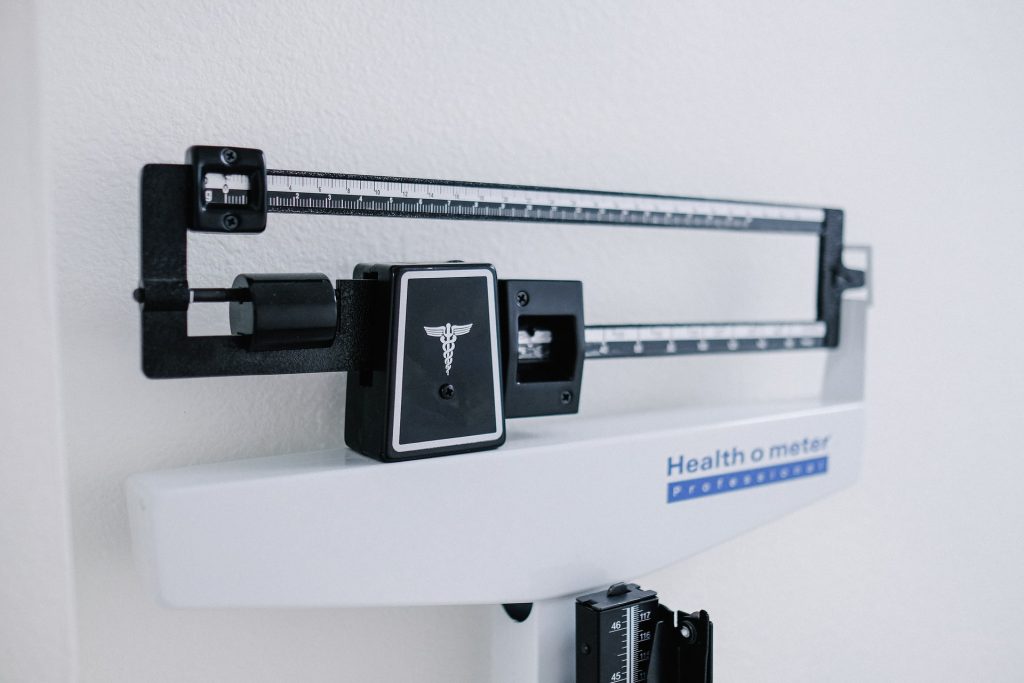Cancer Surgery Patients Have a Reduced Hospital Stay with ‘Prehabilitation’

A new approach to improve their fitness for surgery reduced the length of hospital stay for cancer patients, according to a new study.
Termed ‘prehabilitation’, the study’s approach includes exercise, nutrition and psychological and social interventions to bolster physical and mental health before surgery.
The study, published in the Annals of Surgery, found that prehabilitation interventions of between one and four weeks reduced cancer patients’ stay in hospital by 1.8 days compared with usual care.
Study author Dr Chris Gaffney from Lancaster Medical School said: “Surgery is like a marathon in terms of stressing the body, and you wouldn’t run a marathon without training.”
The researchers found that as little as one week can still benefit patient outcomes, indicating that prehabilitation should be recommended to accelerate recovery from cancer surgery, as shown by a reduced hospital length of stay.
Study author Dr Joel Lambert, now a postgraduate student at Lancaster Medical School and a surgeon at East Lancashire Teaching Hospitals NHS Trust, said: “We think that it may also confer a survival advantage for cancer patients as they can get to follow up treatments like chemotherapy more quickly.
“We think that the patient groups most likely to benefit are the ones with lower levels of fitness at baseline. In the Northwest we have some of the most socioeconomically deprived populations in the UK. This subset tend to have more co-morbid conditions hence less fit.”
The patients studied were those with liver, colorectal, and upper gastrointestinal cancer, and who are often less fit than other cancer patients.
The study interventions were grouped into three types
- Multimodal prehabilitation: exercise, which included both nutrition and psychosocial support,
- Bimodal prehabilitation: exercise and nutrition or psychosocial support
- Unimodal prehabilitation: exercise or nutrition alone
The exercise interventions included aerobic, resistance, and both aerobic and resistance exercises at all levels of intensity, some supervised by a kinesiologist or physiotherapist, while others were home-based exercise regimes. These ranged from one to four weeks and all interventions were within the current NHS surgery targets for cancer surgery.
The researchers concluded: “Future studies should focus on identifying patients who would benefit most from prehabilitation and the mechanistic underpinning of any improvement in clinical outcomes. Studies should closely monitor nutrition intake to determine if the response to exercise prehabilitation is dependent upon nutritional status. Lastly, mortality should be monitored for 12 months post surgery to determine if prehabilitation has any effect beyond 30 or 90 days.”
Source: Lancaster University










